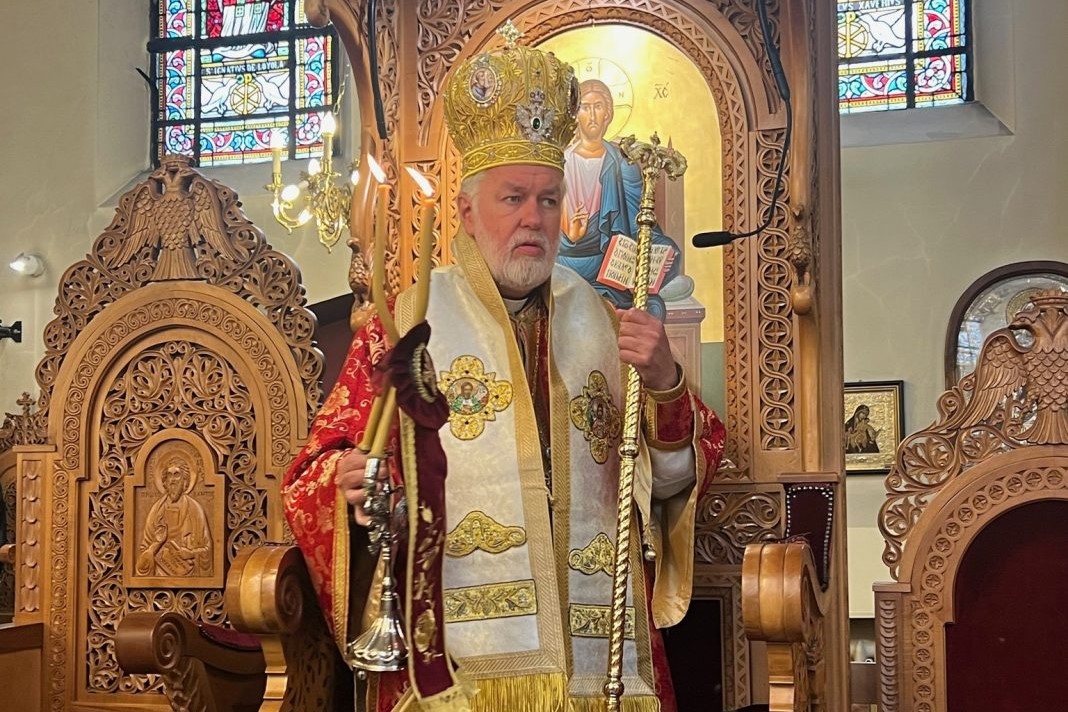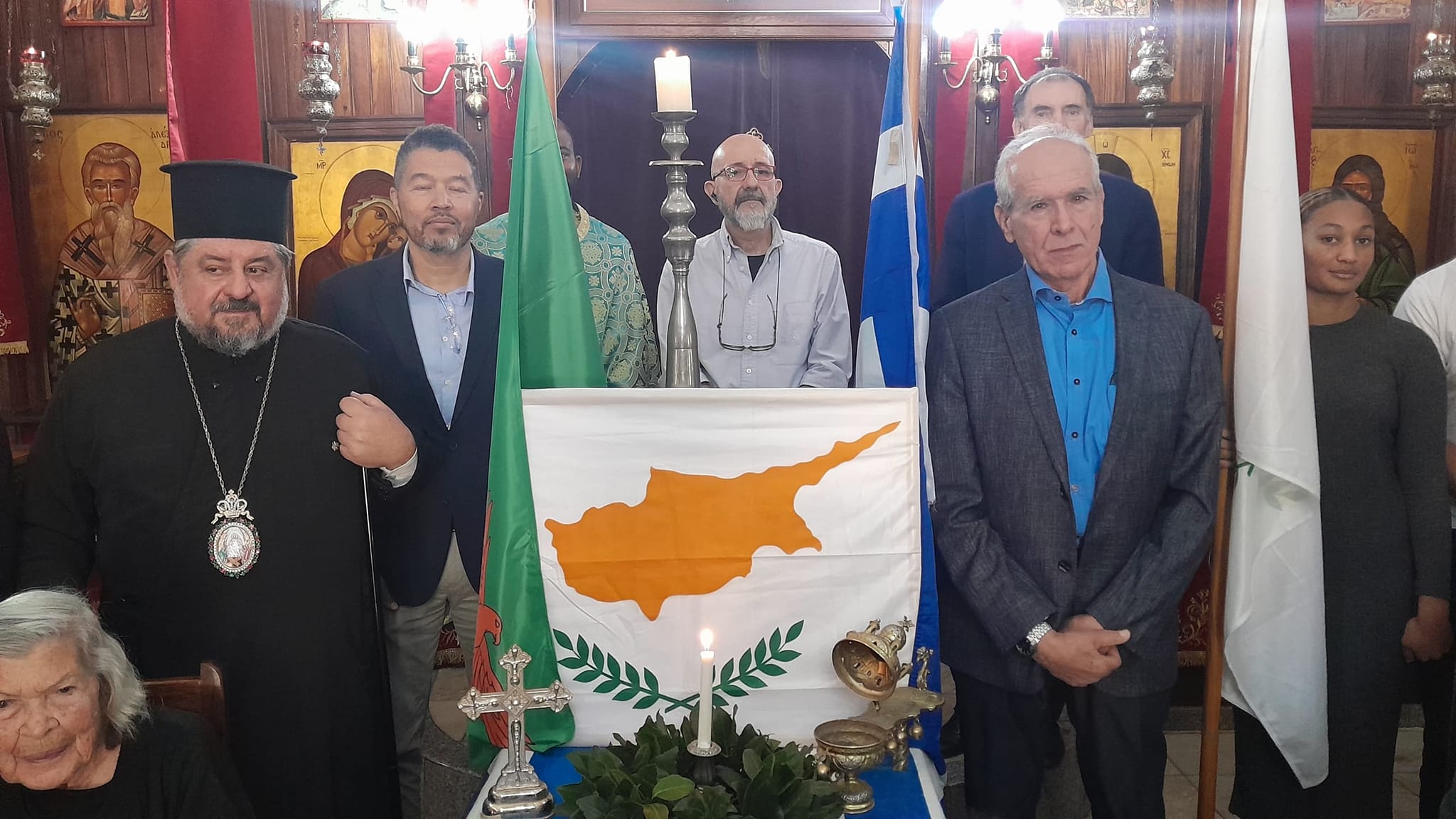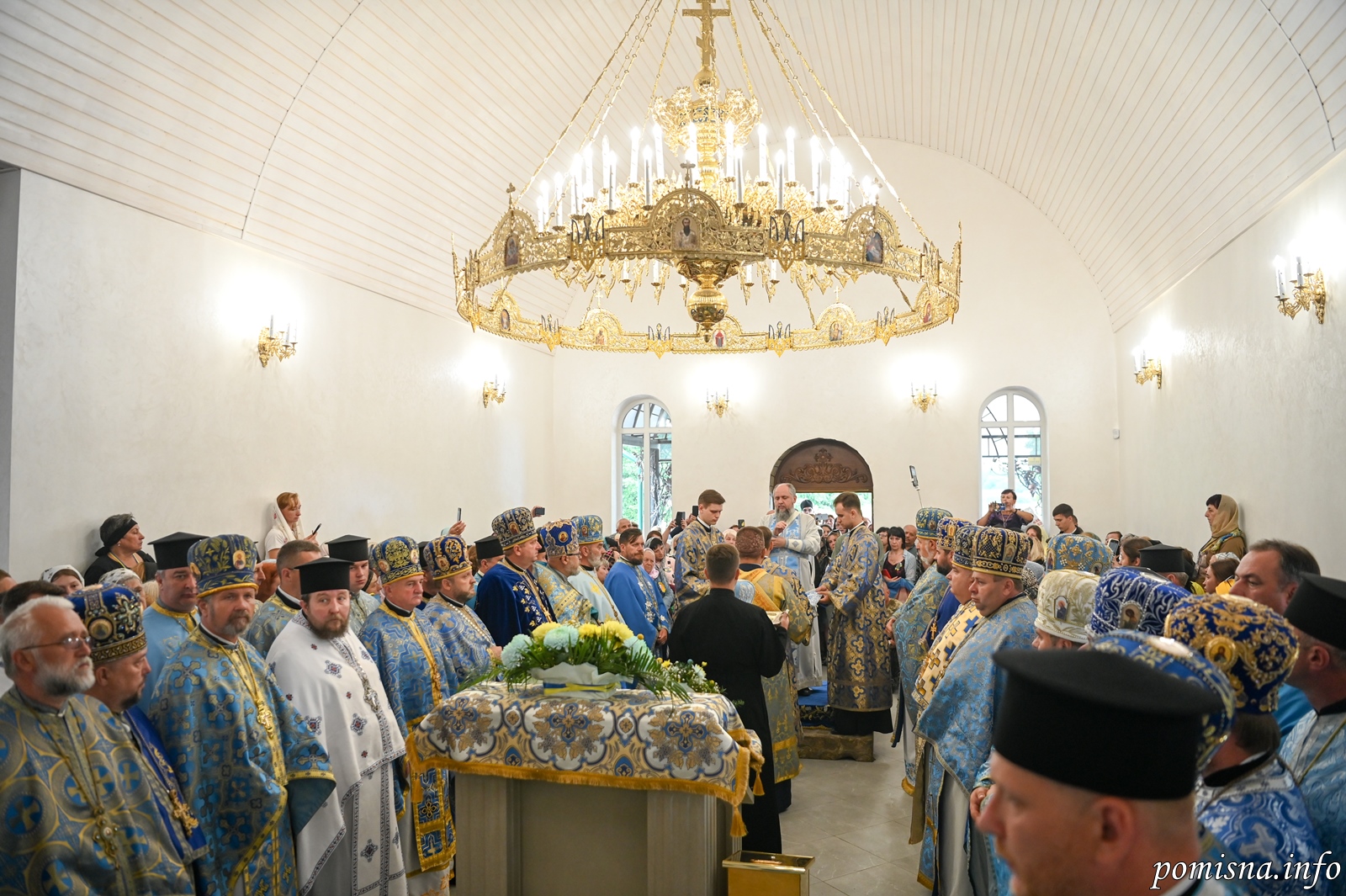Venerable Kassiani the Hymnographer (7 September)


Saint Cassianḗ is a well-known Byzantine poet (ποιήτρια), who lived during the reign of Emperor Theophilos (829 – 842).
She was tonsured about the year 820, and founded a convent on Xerolophos, one of Constantinople’s seven hills. There (according to the monk George the Sinful) she led “an ascetic and philosophical life” which was pleasing to God. She was an energetic Igoumeness who not only regulated the life of the convent, but also found time to pursue her literary interests. She combined the talents of poet, theologian and musician, writing hymns and composing musical settings for them. Originally sung by her nuns, many of her compositions have enduring value. At least twenty-three of her hymns were later included in the Church’s liturgical books.
One of Saint Cassianḗ’s most famous hymns is sung during Matins on Holy Wednesday, on the subject of the woman who had fallen into many sins, which is based on Saint Luke’s Gospel (7:36-50).
Another of her hymns is sung in the Canon of Matins for Holy Saturday, and is repeated at the Midnight Office on Holy Pascha: “Do not weep for me, O Mother, beholding in the tomb the Son Whom thou hast conceived without seed in thy womb, for I shall arise. . .”
Saint Cassianḗ is not mentioned in the Synaxaristés, yet the inhabitants of Kasos, because of the similarity of her name with that of their island, celebrate her Feast Day on September 7. A special Church Service was composed in her honoθr, and it was published in Alexandria in 1889 by the “Reformed” (or “Reorganized”) printing house.
It is strange, however, that this Service was dedicated to Patriarch Sophronios of Alexandria, who in turn gave it to Metropolitan Germanós of Thebes to be printed (on September 1, 1889). Thus, Cassianḗ’s glorification by the Church of Alexandria was somehow formalized, as the inhabitants of Kasos desired.
For centuries Saint Cassianḗ’s name has appeared at the end of all the lists of Byzantine poets. The first known list was compiled by Nikēphóros Kállistos Xanthopoulos in the first half of the XIV century.
Saint Cassianḗ is depicted among the holy ascetics and other monastics in the icon for the Triumph of Orthodoxy on the first Sunday of Lent.
Source: oca.org





